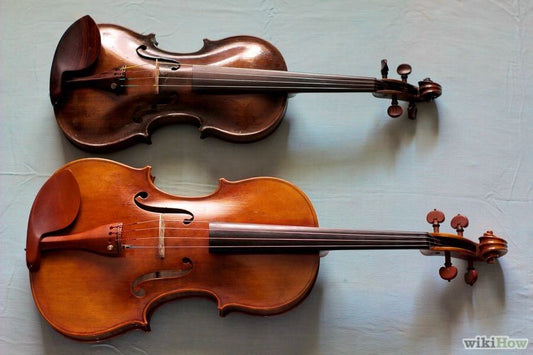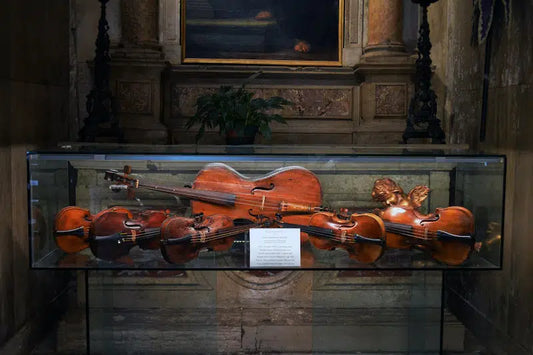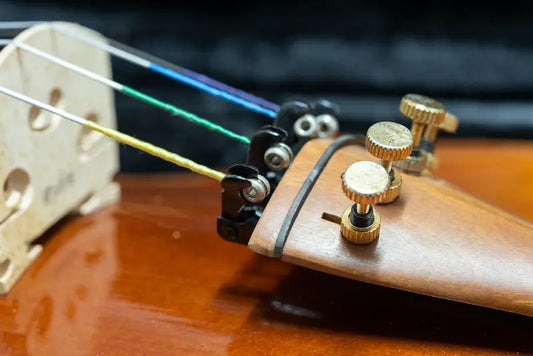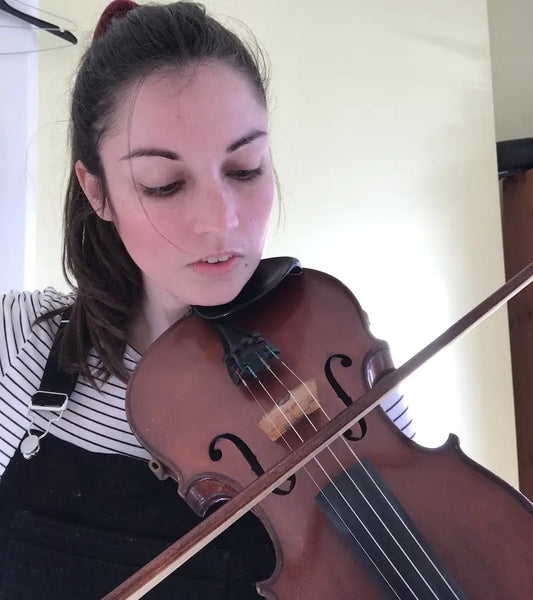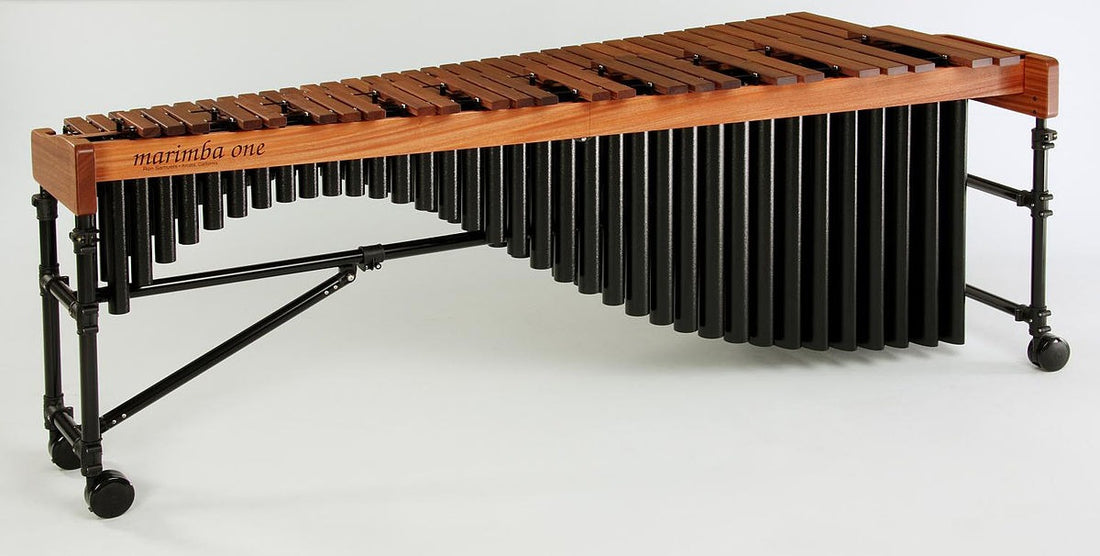
15 Interesting Facts About The Marimba
Marimba (harp) might be the name of an instrument you've probably never heard of. Although rarely seen, this is a guitar that has a lot of interesting things that we will reveal in this article!
1. Marimba has a long history

People use the marimba all over the world, from Latin America to Africa and Asia. However, the exact history of this beautiful instrument is unclear. Some believe that this musical instrument originated in Southeast Asia as early as the 14th century, however, experts suggest that it may have come from Africa a little earlier.
Just how widespread the marimba is throughout Latin America is also controversial. One popular belief is that African slaves brought or built the instrument in the 16th century. Or, it is possible that Africans brought it to the continent during pre-Colombian expeditions.
2. Marimba is quite specially crafted
Africa and the colonies in Latin America have different materials available, so the manufacturers have depending on what the area has to choose the material. This is also the reason that the sound of the marimba can be different, depending on what region it is in. For example, wood and materials from Africa are not the same as those available in South America. The materials used to make an instrument have the ability to affect its resonance, volume, pitch, and many other things.
3. Marimba is not the only name for this instrument
While marimba is the most commonly accepted name for this xylophone-like percussion instrument, it's not the only name you may hear. For example, in many Latin American countries, marimba is called marifon or carillon.
4. Marimba players don't have a good name
While you might think that an instrument as complex and striking as the marimba could give its players a cool name, you'd be wrong. The marimba player is known simply as the marimba player in most of the music playing community and this is maintained for a long time. There are a few people who use the term "marimbist" to refer to the artist who plays the marimba, however this does not happen very often.
5. The origin of the name marimba is pretty cool
Although the origin of this instrument is still controversial, the origin of the name "marimba" is very clear. Marimba is a word of Bantu origin, one of the most prominent language families in sub-Saharan Africa, with hundreds of mutually exclusive dialects spoken in many countries. Marimba combines two words: 'Ma' means 'many' and 'rimba' means 'xylophone'. Specifically, the single bar xylophone. And the 'multiple xylophones' are basically marimba.
6. Marimbas are easy to transport
The marimba is extremely easy to transport to and from a concert hall or band practice compared to similarly sized instruments. Despite how large and wide it may seem, it weighs only about 45 kg, but it can also be divided into several parts for management and transport. It is for this reason that more and more mid-level bands are using it.
7. There are many songs and music for marimba
If you search for songs and music using marimba on Google, you might be surprised because this is such a rare instrument, so why are there so many songs? The reason is that because the marimba has a wide range of sounds, players can interpret an even more comprehensive variety of works by composers of all genres. You can find pieces by Mozart playing the marimba or even the Legend of Zelda theme song. The versatility of the marimba means that a proficient player can handle almost any genre if they have it in their repertoire.
8. Mallet size and shape issues
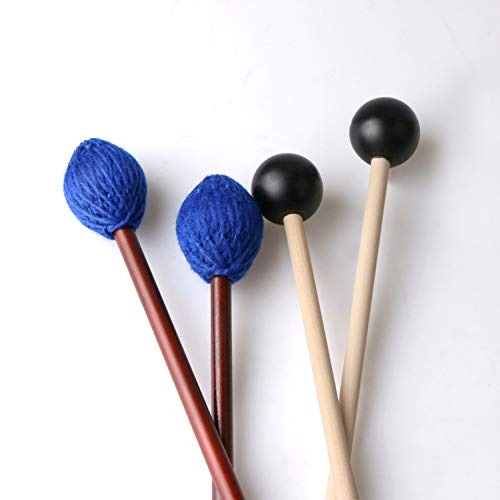
The Marimba is a musical instrument with rubberized wooden sticks or mallets that make a sound when they are struck. In addition, the color bars are placed in the same order as the appearance of a piano. You might think that mallet size isn't as important as the body of the marimba. However, the sound of the marimba is a combination of its material and the size and shape of the mallet.
Larger mallets can produce a more powerful sound, while smaller mallets will thin out the sound, making it a bit deeper but possibly harsher. The material of the mallet is also important, significantly affecting how the sound is produced. Serious players often have different types of mallets on hand to achieve whatever sound they need.
9. Marimba is the national musical instrument in some countries
Marimba is not only a cultural icon for many people, it is also a symbol of the nation. Several countries in Latin America recognize the marimba as their national instrument, including Mexico, Guatemala, Costa Rica, and Nicaragua. You can hear them played in national marching bands and many Independence Day celebrations.
10. Marimba is performed in some famous songs
While you usually don't hear the marimba in most mainstream songs, the instrument has achieved some notable records over the years. Bands like the Rolling Stones, Elton John and ABBA have all done it. use the marimba in their songs. In Latin America, marimba is often performed in a variety of reggaeton and bachata tunes.
11. The Zulu legend of the origin of Marimba is quite special
According to Zulu lore, the marimba is the result of a tragic tale of heartbreak and magic. The goddess Marimba was cursed by a rival goddess after the two developed feelings for the same person. The other goddess told Marimba that any husband she took would die within three days of their wedding. After the death of her second husband, Marimba was so heartbroken that she chained the keys together with an arrow and a string. According to the story, her songs got better and better as she went through a lot of suffering, until her third and last husband passed away.
12. Marimba is a recent addition to classical orchestras
The marimba was not included in a classical orchestra until the 1940s. Although the instrument was popular in folk music around the world, classical conductors did not find it attractive to such a musical instrument. this tool. French composer Darius Milhaud was the first to introduce the Marimba into Western classical music with his Concerto for Marimba and Vibraphone in 1947.
13. The biggest Marimba ever built is quite large
Built by Eduardo Baltazar Solorzano Arcia in Mexico, the largest marimba ever built measures nearly 4.5 meters long and nearly 1.5 meters wide. This guitar holds the Guinness World Record and is on display in Chiapas, Mexico. On the other hand, the largest marimba orchestra ever formed consists of 403 people and is based in Hobart, Tasmania.
14. People didn't stand to play Marimba until the 1800s
From the 13th or 14th century onwards, the marimba and similar percussion instruments were played almost exclusively while seated. All historical depictions of musical instruments feature players kneeling or crossing their legs. It wasn't until Mexican marimba players modified an old marimba in 1850 with a tripod that the standing marimba became popular.
15. Clair Omar Musser popularized Marimba in America
While everyone may already know about marimba, most people in America in the early 20th century would not have seen or heard a marimba performer directly. Clair Omar Musser came to America with the intention of changing that. Musser is a virtuoso, having conducted the Clair Omar Musser marimba orchestra on tours around the country. Their standout performance was at the 1930 Chicago World's Fair which was broadcast globally. After that, marimba quickly entered the public consciousness and became popular.
